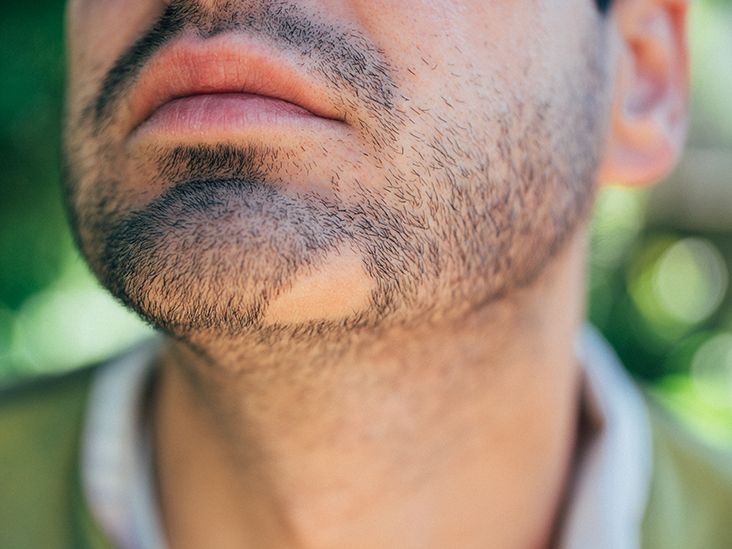A full, evenly grown beard is often seen as a sign of masculinity and confidence. However, not every man is naturally blessed with dense facial hair. Bald spots in the beard can appear due to genetics, scars, hormonal imbalances, or uneven hair distribution. These patchy areas often make men feel self-conscious about their appearance. This is where modern techniques like beard hair transplants provide a permanent solution. In recent years, Beard Hair Transplant in Dubai has gained remarkable attention as more men seek to address bald spots and achieve a natural, even beard.
What Causes Bald Spots in the Beard?
Before considering a transplant, it’s important to understand why bald spots appear:
Genetics
Some men inherit sparse facial hair patterns from family members. If your father or grandfather had patchy beards, chances are you might experience the same.
Hormonal Imbalances
Testosterone and dihydrotestosterone (DHT) play crucial roles in beard growth. An imbalance in these hormones can affect follicle strength and cause uneven density.
Scars or Injuries
Facial injuries, burns, or acne scars can leave permanent bald patches where hair no longer grows naturally.
Medical Conditions
Conditions like alopecia areata can trigger localized hair loss, leaving visible bald spots in the beard.
How Beard Hair Transplant Works for Bald Spots
The procedure involves extracting hair follicles—usually from the scalp—and transplanting them into the bald or patchy areas of the beard. These transplanted follicles adapt to their new location and continue growing like natural beard hair.
- Follicular Unit Extraction (FUE): A minimally invasive method where individual hair follicles are harvested and placed in bald spots.
- Follicular Unit Transplantation (FUT): In some cases, a strip of scalp hair is taken and separated into grafts, although FUE is more common for beard restoration.
Advantages of Covering Bald Spots with Transplants
- Natural Appearance: Transplanted hair blends seamlessly with existing beard growth.
- Permanent Results: Once healed, the hair continues to grow permanently.
- Scar Coverage: Transplants can effectively conceal scars and burns on the face.
- Customizable Shape: Men can design their beard style, ensuring even density across the jawline, cheeks, or mustache area.
Are All Bald Spots Treatable?
Most beard bald spots can be treated successfully with a transplant, but outcomes depend on a few factors:
Donor Hair Quality
The success of the transplant largely depends on the strength, texture, and availability of scalp hair.
Cause of Bald Spot
Scars and genetic bald spots typically respond well, while medical conditions causing active hair loss may require additional evaluation.
Skin Type
Some skin types heal faster and more smoothly than others, influencing the final result.
Healing and Growth Timeline
After a beard transplant, the new hairs initially shed within a few weeks—a normal part of the process. Within three to four months, new beard growth begins, and by nine to twelve months, the results become fully visible. The transplanted beard can be trimmed, shaped, and styled just like natural facial hair.
Why Dubai Is a Leading Destination
Dubai has become one of the most sought-after places for beard hair restoration. The city is known for advanced techniques, skilled professionals, and a growing demand for male grooming treatments. Whether dealing with scars, genetics, or uneven patches, Beard Hair Transplant Dubai provides men with reliable, natural solutions tailored to individual needs.
Conclusion
Yes, beard hair transplants can successfully cover bald spots, restoring balance and fullness to the face. With permanent results, customizable designs, and natural-looking outcomes, the treatment has become a trusted solution for men struggling with patchy or uneven beards. By addressing bald spots directly, the procedure not only improves appearance but also boosts self-confidence. For men seeking long-lasting solutions, a beard transplant offers the chance to enjoy the beard style they’ve always wanted.






Comments